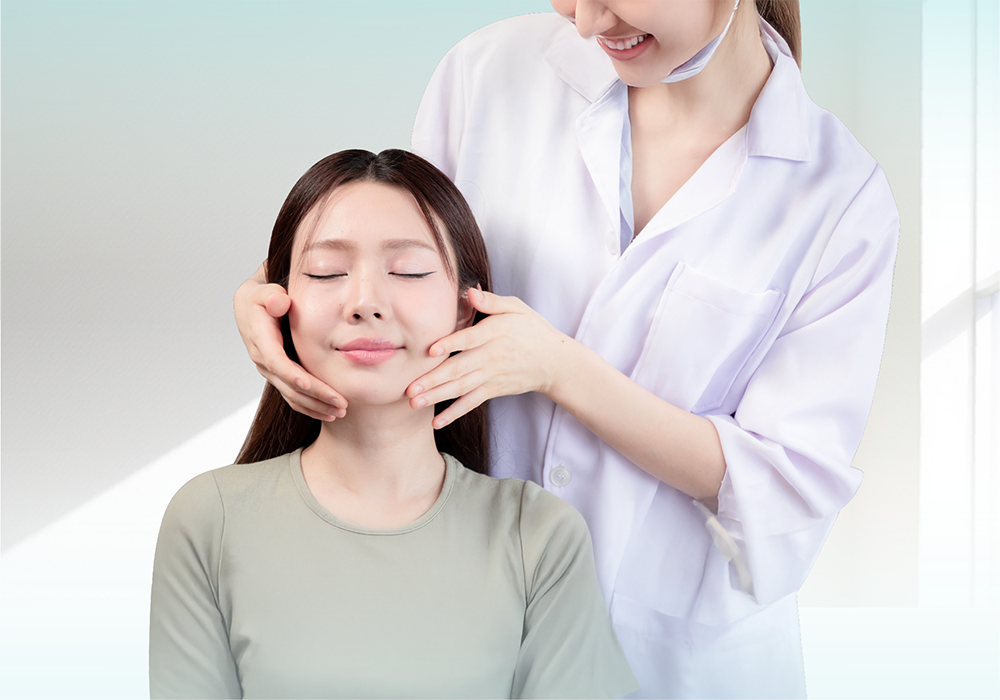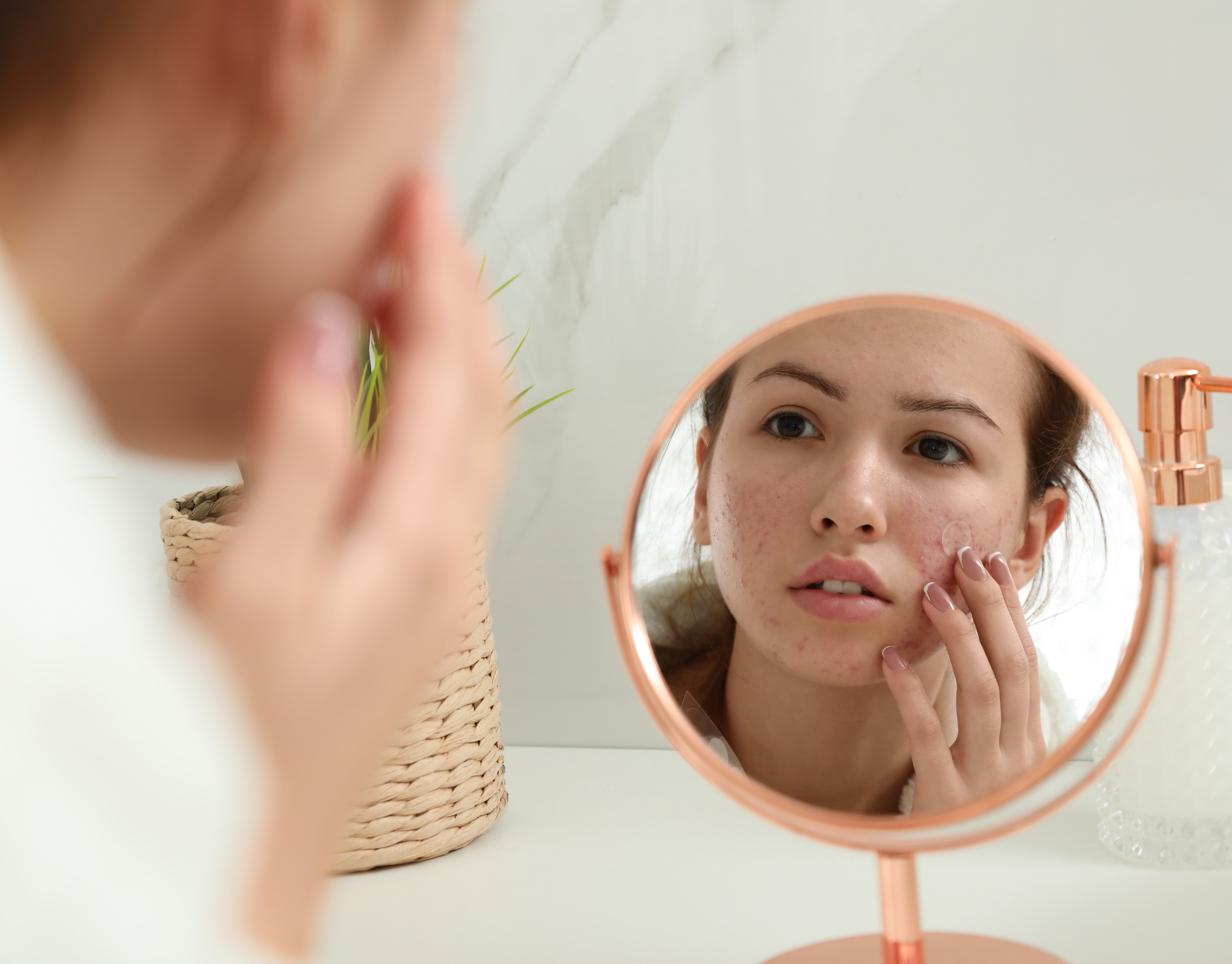Skincare Acids
If you’ve hung around the skincare beauty world for a while, you’d realise that many brands out there are constantly pushing out new products with acids that claim to be beneficial for your skin. And sure, by now, we’re familiar with some like hyaluronic acid and citric acid - bottomline is, they help you achieve that glowy, dewy skin! But do you know what these acids are for? When do you use them? Here, we discuss a list of common skincare acids and their properties.
Azelaic Acid
Pronounced aza-lay-ic, azelaic acid is a derivative from yeast, grain, or barley. It is a natural acid that is produced to combat inflammation, redness and acne. This acid is adored for its anti-bacterial and brightening properties, so you can find it in many exfoliants, masks and serums. This wonderful acid acts as a multi-functional support ingredient for all skin types and also acts as an effective antioxidant.
It is ideal for those with rosacea, inflammation, and acne.
Citric Acid
Citric acid is a member of the alpha hydroxyl acid (AHA) family and is derived from citrus fruits, giving it its sour taste. It is often included in personal care products to adjust the skin’s pH or accelerate skin renewal where it shaves off the dead skin at the surface level. This means that it can help in alleviating pigments, acne scars, areas of uneven skin tone and texture.
However, beware of its side effects, including slight burning, tingling sensations and temporary redness. The best way to go for this acid is to test the product on a small area of your skin several hours before using the product on your face.
Citric acid is great for people with enlarged pores, dull skin, skin discoloration, and acne scars.
Glycolic Acid
Derived from sugarcane, glycolic acid is the smallest molecule of all the AHA acids but is capable of producing the most dramatic results that is backed by tons of research. With the ability to tackle just about every issue, from breakouts to fine lines, you can find this acid easily in most anti-aging products, toners, serums, and masks. The best thing about being the smallest of all acids means they are able to penetrate deeper into the skin’s layers, working its magic much more effectively. Plus, it almost seems to banish blackheads on contact.
Try glycolic acid if you’re trying to minimise pores, alleviate blackheads and soften your fine lines.
Lactic Acid
Another member of the AHA family, lactic acid can be produced naturally within our bodies or obtained from sour milk. Cleopatra is believed to have bathed in it as part of her beauty rituals according to some sites. What’s wonderful about this acid is that it has a moisturizing effect on the outermost layers of the skin, critical for strengthening the skin’s barrier and increasing resistance to dryness and flakiness, making it suitable for almost all skin conditions. It’s a popular alternative to glycolic acid because it functions the same way but is milder.
Lactic acid is ideal for sensitive and dry skin types, and is ideal for combating dryness, acne and skin redness. In fact, it is one of the key ingredients found in our Gentle Exfoliator, along with glycolic acid and salicylic acid (more on this below), that can help give you that radiant glow.
Retinoic acid
Retinoic acid is the acid form of vitamin A commonly used to help prevent the onset of wrinkles, pigmentation, and other signs of aging by stimulating cell production. Although vitamin A is mainly marketed as retinol, retinol has to first be converted into retinoic acid before it can be absorbed by the skin. Hence creams that contain retinoic acid is usually preferred over those that contain retinol as the primary ingredient.
Retinoic acid is ideal for people with discoloration, acne skin and aging skin. But, retinoic acid can be irritating and drying on the skin when used in large doses. Therefore, it should only be used in prescription amounts over a short period of time or in very dilute forms over long periods.
Salicylic acid
Salicylic acid, a naturally occurring beta hydroxy acid (BHA), is obtained from willow barks (the same place we get aspirin). The acid is both highly keratolytic (thinning of the skin) and comedolytic, which means it not only removes dead skin cells on the surface of the skin but it also penetrates into the pore to dissolve oils and break apart the debris inside, two of the common culprits of acne. When used regularly, salicylic acid not only unclogs pores and helps clear acne but it also prevents new acne and blackheads from forming. Additionally, it can correct dark spots without irritating your skin because it’s derived from willow barks, which contain topical anti-inflammatory benefits.
Salicylic acid is ideal for people with whiteheads and blackheads, clogged pores, skin with acne, and oily skin.
However, salicylic acid is not the best choice if you have really dry skin or if you’re taking certain medication because it can give rise to irritation and dry skin for those who have sensitive skin or those who overuse it. Do check with your doctor if you are fit for using products with salicylic acid.
Bonus: PHA (Poly Hydroxy Acids)
PHA is a relatively new group of acids that is making their way slowly into skincare products without you knowing. PHAs are a group of acids that work their magic slowly. Having a larger molecule structure than AHAs, it penetrates the skin slowly and as a result, are milder exfoliators than AHAs or BHAs. They also help lock in moisture and keep your skin hydrated. This makes them more preferred if you have highly sensitive skin or compromised skin.
Skincare Acids
And with that, we’ve covered everything you need to know about the key acids in skincare. With this information, we hope you can make a more informed decision when it comes to deciding which cleanser, exfoliator or even serum will work best for your skin depending on the acids you find on the ingredient list.







